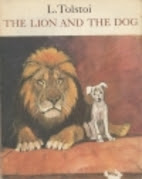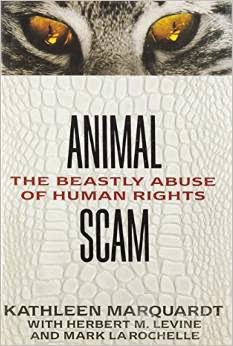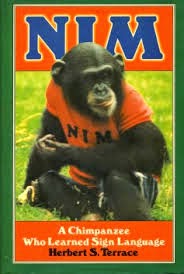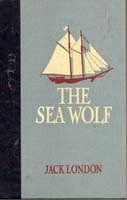by Leo Tolstoy
I don\’t remember where I once came across this collection of short stories by Tolstoy- must have been from a library when I attended college or in the years soon after. The stories were actually written in the 1850\’s when Tolstoy established a school for local peasant children at his estate and himself wrote a primer to teach them reading. His fables were not re-tellings of Russian folktales, but original material. The stories are in the style of Aesop\’s fables- each with an obvious moral. They don\’t all have happy endings- in some the lesson is brought home because one of the animals or characters dies… One was of a wolf visiting a dog- the wolf asks the dog how he is so well-fed and the dog invites him home to share in the duties of guarding the farmhouse, and also the meals provided by his master. The starving wolf is agreeable until he notices a worn spot around the dog\’s neck from being tied up at night. The wolf changes his mind, deciding he\’d rather be hungry and free than well-fed in chains. I also recall the title story where an unwanted puppy was thrown into a lion\’s cage in a zoo- and instead of eating the puppy (as was intended) the lion befriended it. I wish I could remember more of them better, or find another copy of the book to read again.
Rating: 3/5 76 pages, 1989











